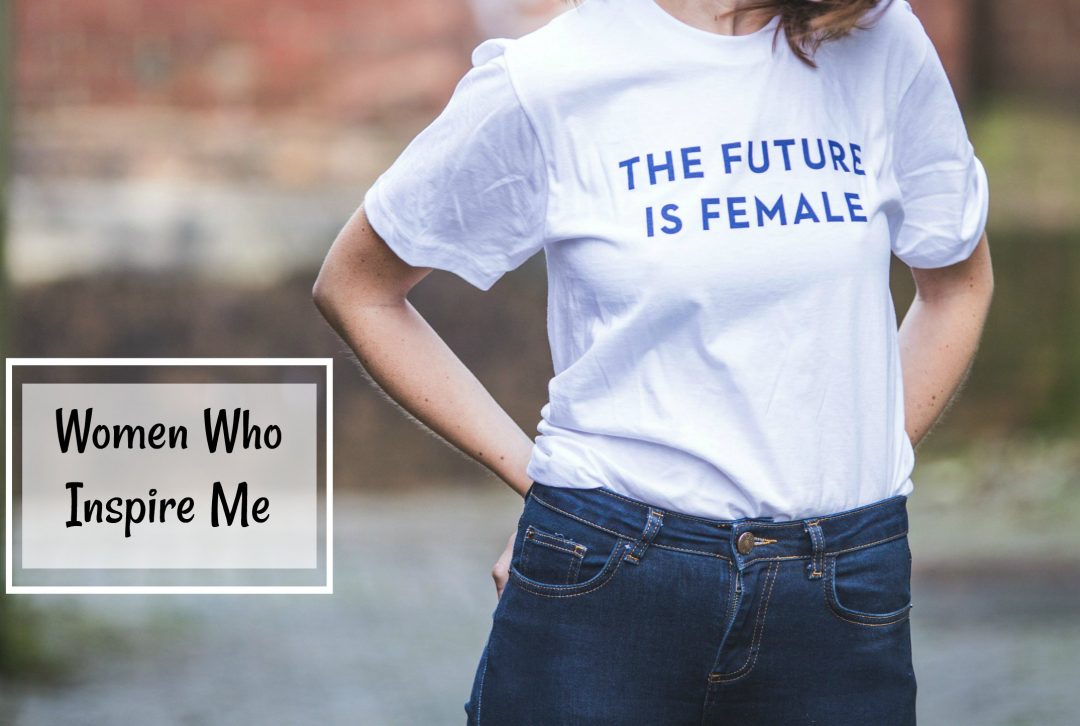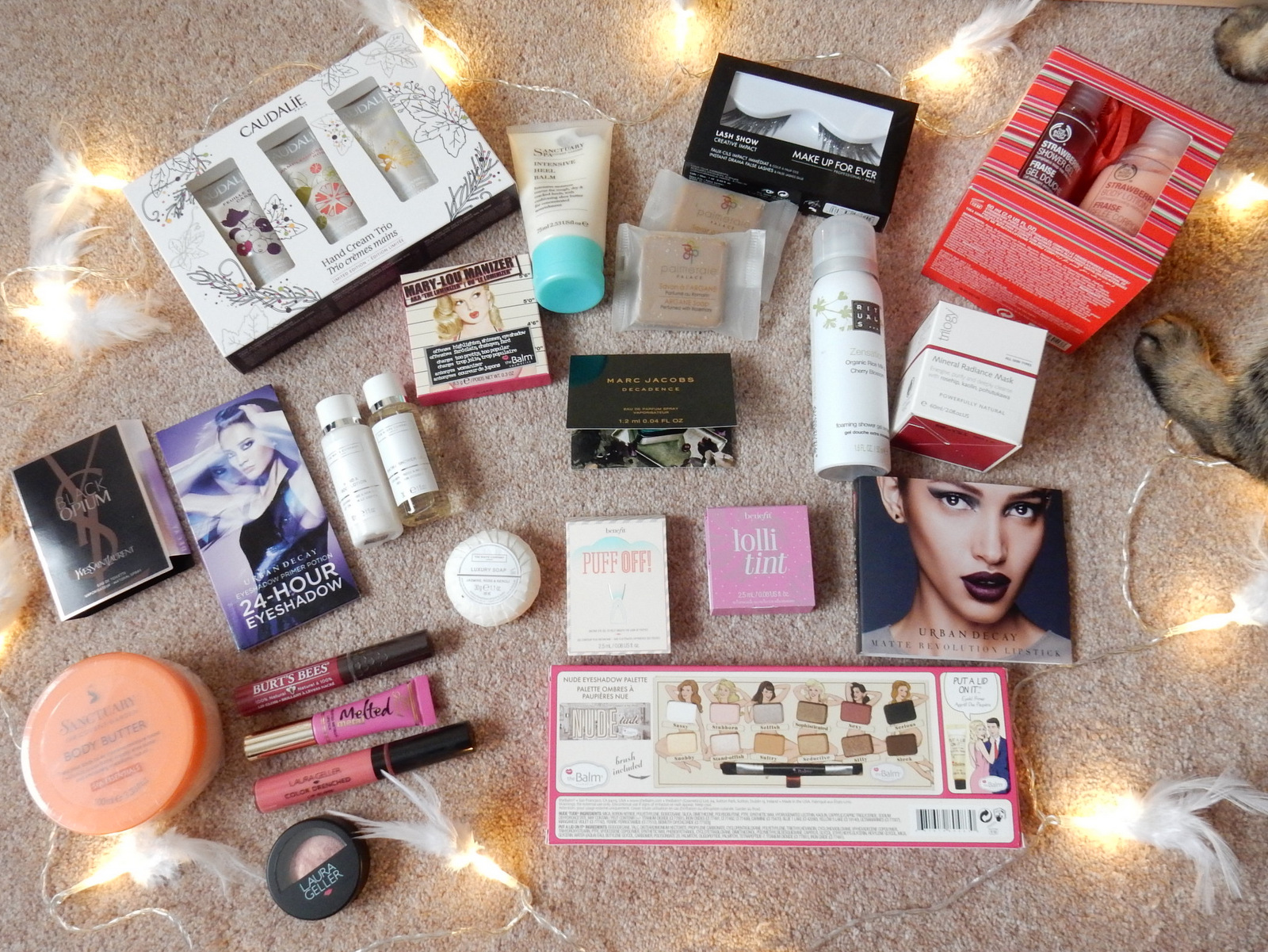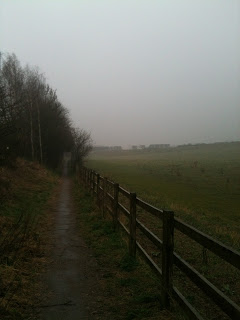When I first started this series in late 2017, I wasn’t sure how long it would be able to go on. Then I made a list of all the women that I find inspirational and it turns out that I could run this series for a very long, long time. If you need to catch up with the first two instalments of this series, the links are at the bottom of the page.
Georgia O’Keeffe
I grew up surrounded by the works of Georgia O’Keeffe. My mother is a huge fan. In fact she has so many O’Keeffe prints that she rotates which ones she has out as otherwise it would be a bit overwhelming.
Georgia O’Keeffe was born in the 1800s in the midwest and started seriously studying art around the turn of the century. She and her husband lived in New York but visited New Mexico which was a turning point in her artwork. After his death in the 1940s she returned to New Mexico and lived there until the end of her life. Which ended up being another 50 years. Besides being an amazingly prolific artist, she also lived past her 100th birthday (she died in 1986).
She’s somewhat of a ubiquitous figure in New Mexico state history. I think all New Mexicans get O’Keeffe burnout at some point in their lives and just think, “enough with the skulls and flowers!” But I’ve enough distance from it all now that I can love her art again (though I never stopped thinking she was a powerful woman.)
Before she moved to New Mexico she would visit and explore on her own, driving herself around in her own car. (This was the 1930s let’s remember so a woman exploring around on her own, is, itself a statement.)
O’Keeffe battled depression and nervous breakdowns (suffering a famous breakdown in particular when her husband had an affair with an acquaintance) and it all served to make her stronger, more independent and her work more unique. At her home in New Mexico, she welcomed her friends (like Joni Mitchell, Allen Ginsberg and Ansel Adams). Of her drive to be a part of New Mexico she said, “[It’s] such a beautiful, untouched lonely feeling place, such a fine part of what I call the ‘Faraway’. It is a place I have painted before … even now I must do it again.”
She had to constantly rally against gender bias in her industry. (Men were serious artists, women just seen to have a hobby.) Now we see her as one of the most prominent Modernists of all her peers. She was self-confident and self-contained. She also famously went against most female fashion of her times, dressing in what we’d now call New Garçonne, focusing on well-tailored, gender-neutral fashion.
A lot of famous art critics (and layman) called her famous flowers “vagina flowers”, forcing an erotic narrative and reading on them that O’Keeffe herself always denied. The rumour that her flowers were a study of the vulva was propogated by male art critics, is cliched, gendered and outdated. A few years ago, when the Tate Modern hosted a retrospective of her works, the director of exhibitions said that one of the reasons it was mounted was to offer her work the multiple readings that she had been denied in her lifetime as a female artist.
“O’Keeffe has been very much reduced to one particular body of work, which tends to be read in one particular way,” he said. “Many of the white male artists across the 20th century have the privilege of being read on multiple levels, while others – be they women or artists from other parts of the world – tend to be reduced to one conservative reading. It’s high time that galleries and museums challenge this.” – Achim Borchardt-Hume
Until the retrospective at the Tate, O’Keeffe didn’t have a single painting featured in any British public collection or gallery.
Some of her accomplishments:
In 1946, she was the first woman to have a retrospective at the MoMA. (The Museum of Modern Art in Manhattan.)
1n 1966 she was elected a Fellow to the American Academy of Arts and Sciences.
In 1971 she was given an honorary degree from Harvard.
In 1977, President Ford awarded her the Presidential Medal of Freedom (the highest honor awarded to an American civilian).
In 1985, she was awarded the National Medal of Arts.
In 2014, O’Keeffe’s 1932 painting Jimson Weed sold for $44,405,000, more than three times the previous world auction record for any female artist. She still holds this record.
If you’d like to have a few more quick reads about this amazing artist there’s an excellent article in Vogue about her.
O’Keeffe and another woman who will later feature in this series (Frieda Kahlo) were friends and you must read some of their letters. They are so full of beauty and support.
“To create one’s world in any of the arts takes courage.” – Georgia O’Keeffe
Read similar posts:
Women Who Inspire Me #1: Joan Didion
A Christmas Gift Guide for Your Favourite Feminist
Women Who Inspire Me #2: Sylvia Plath
Feminist Reads for Every Age




